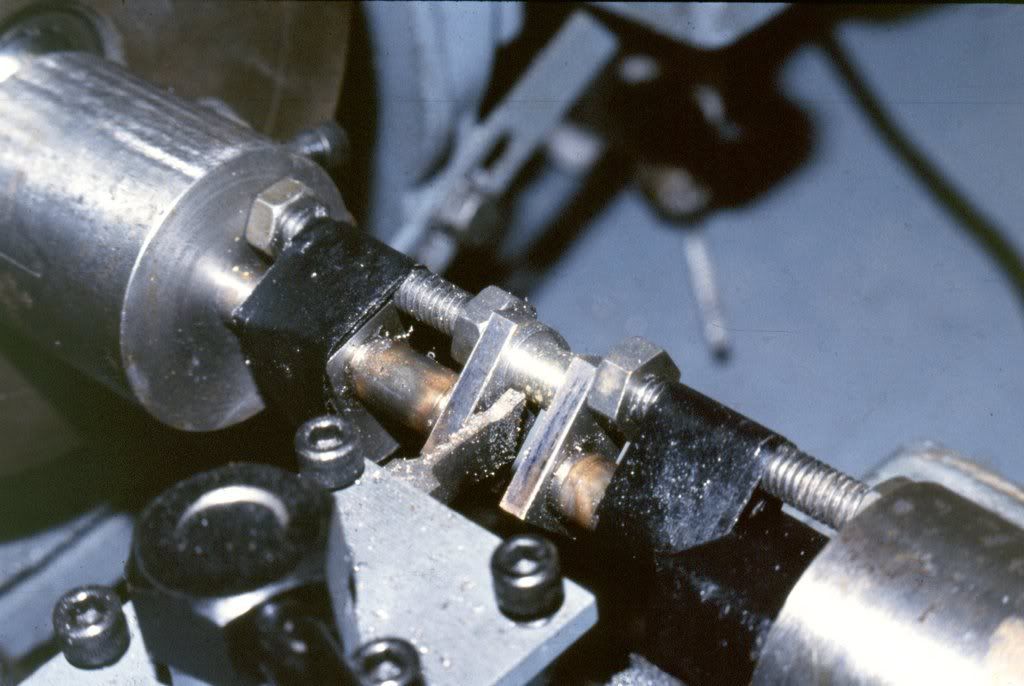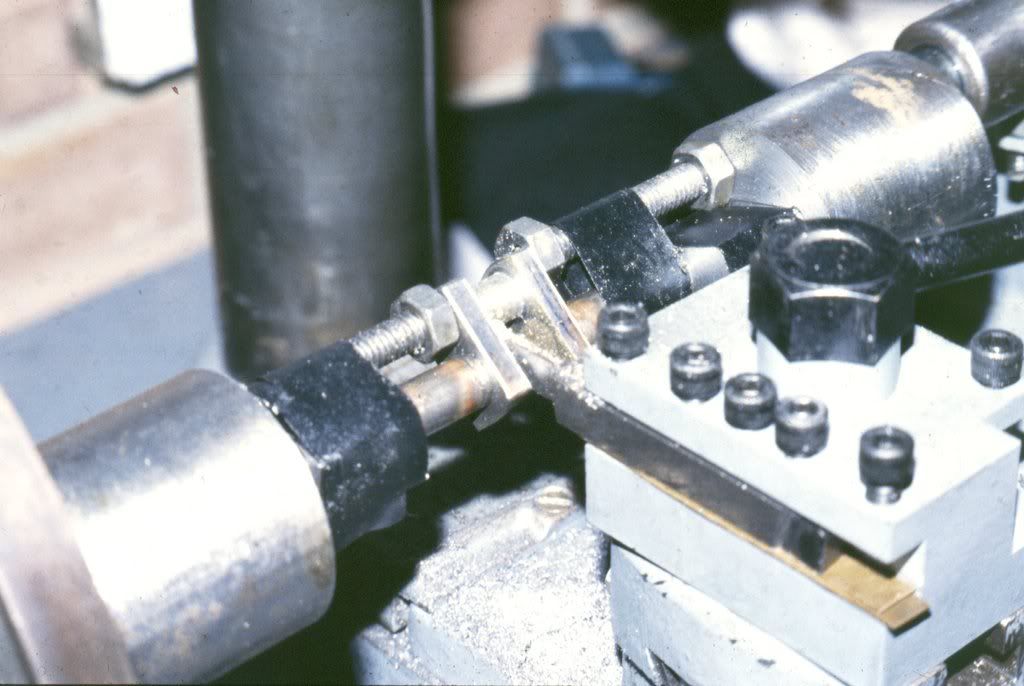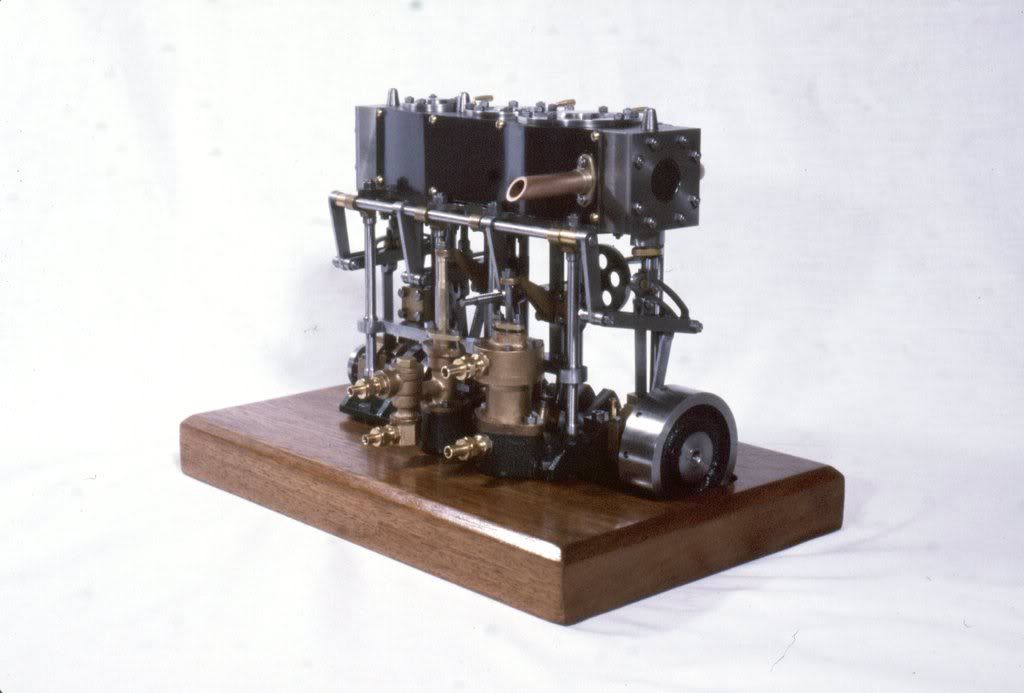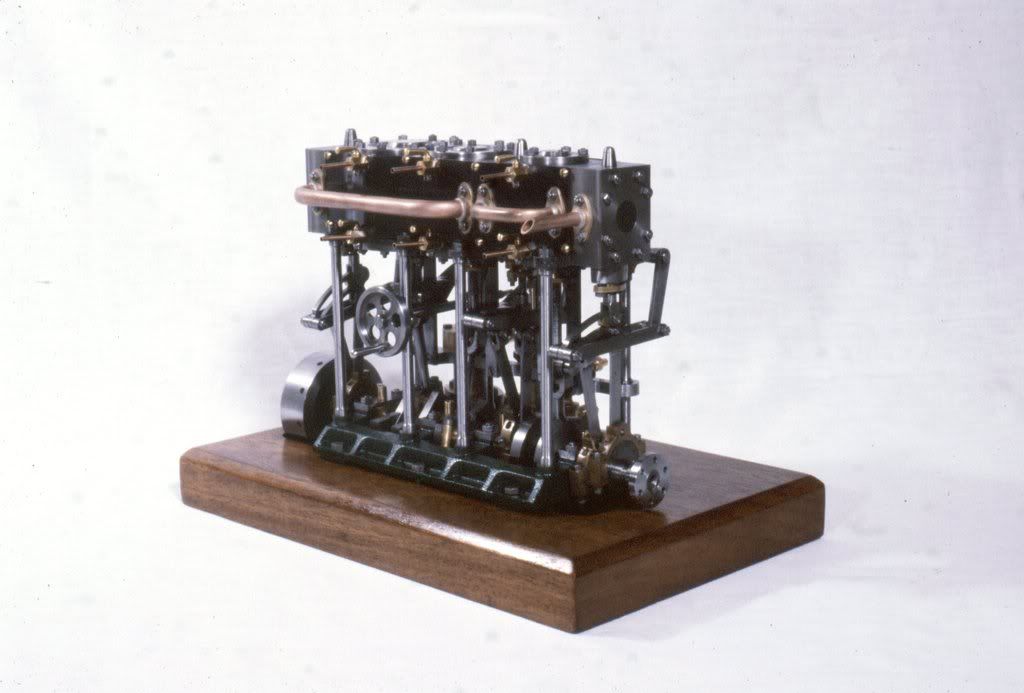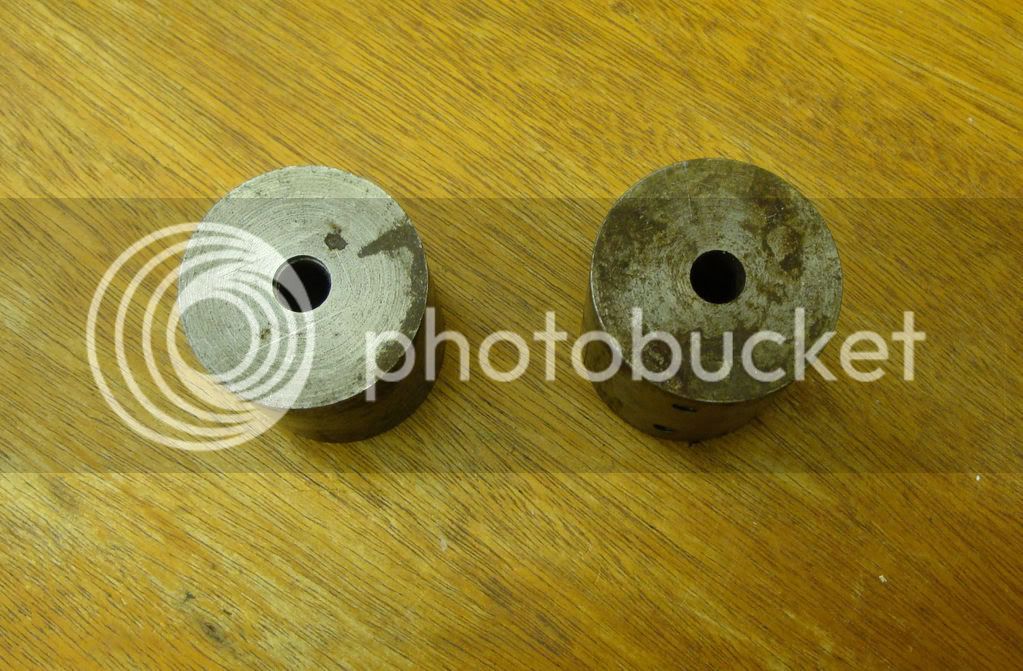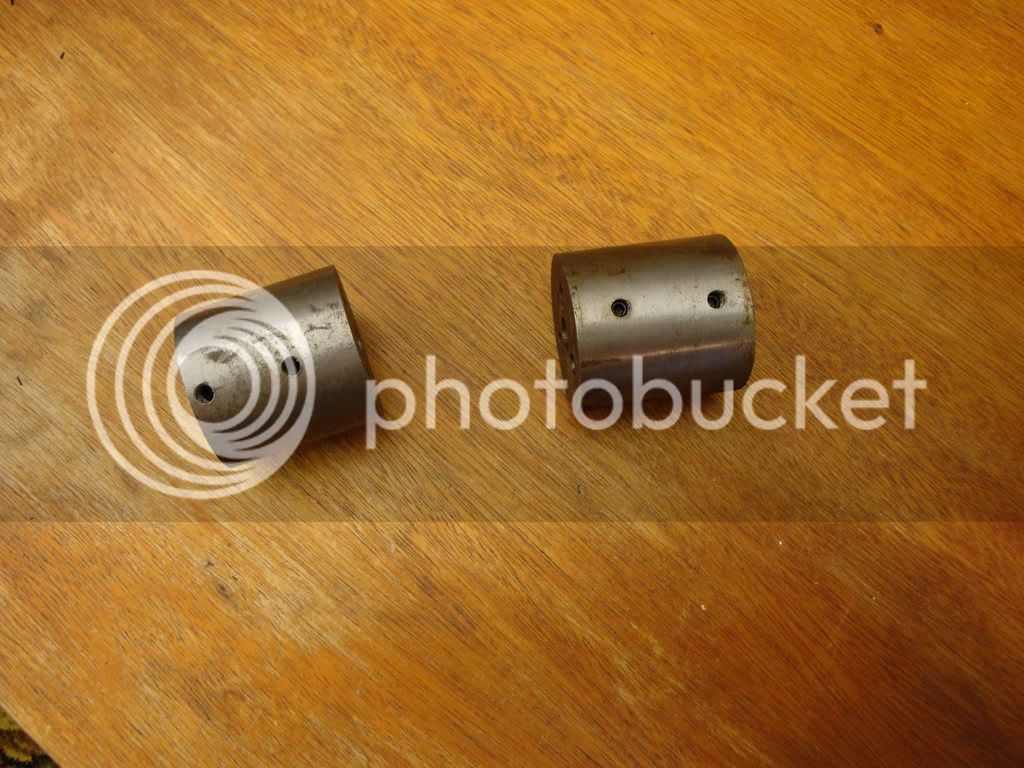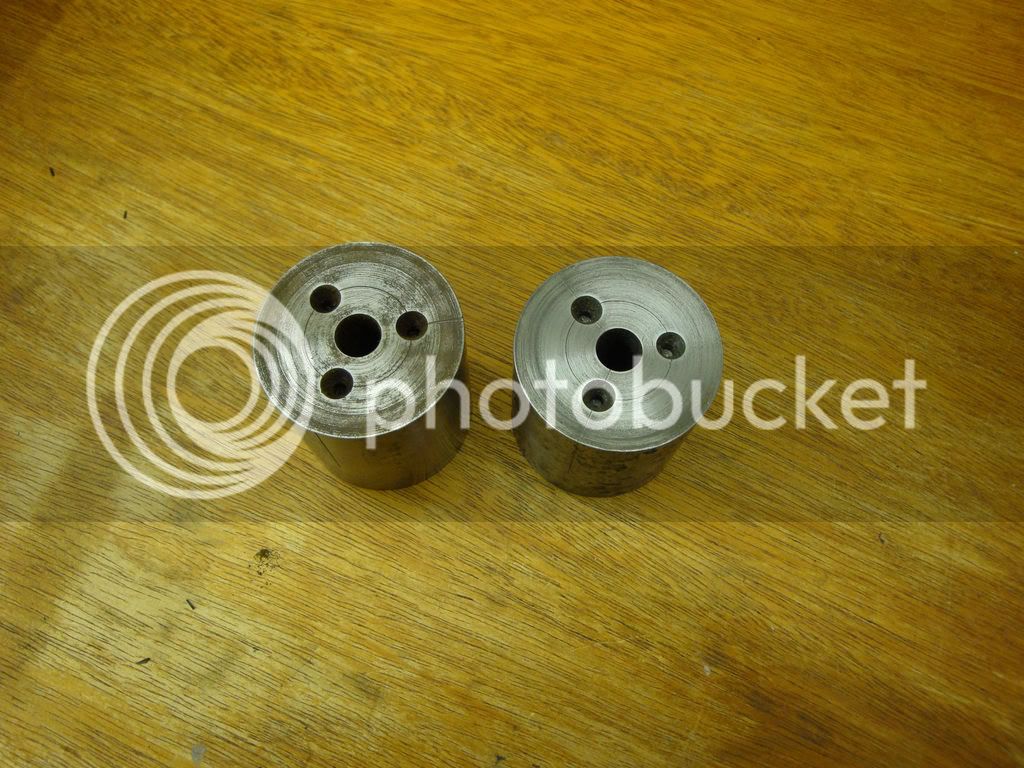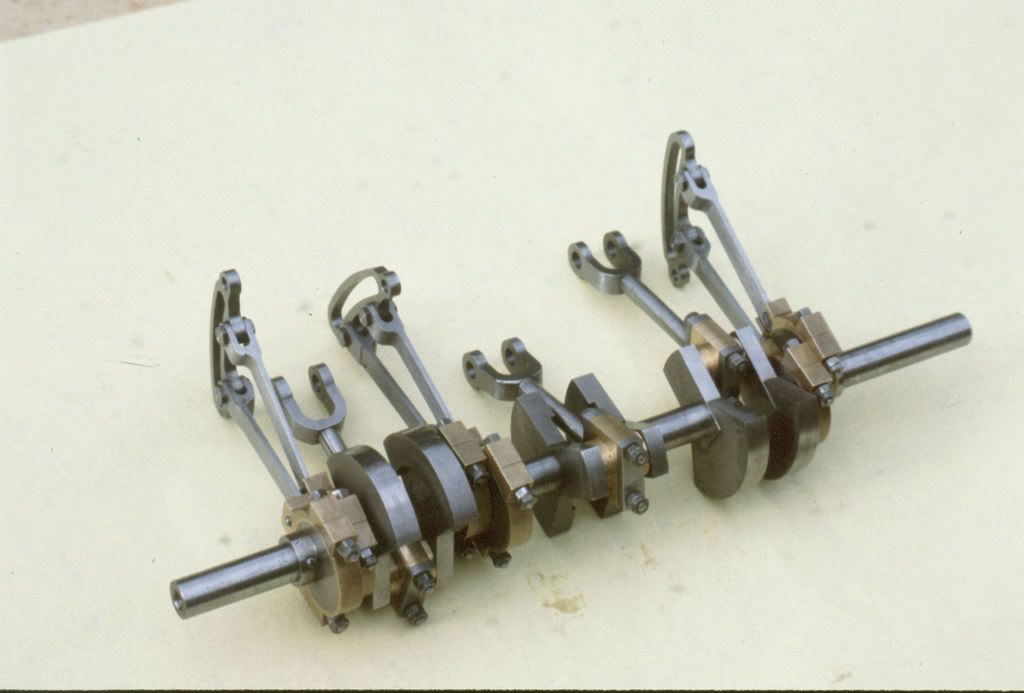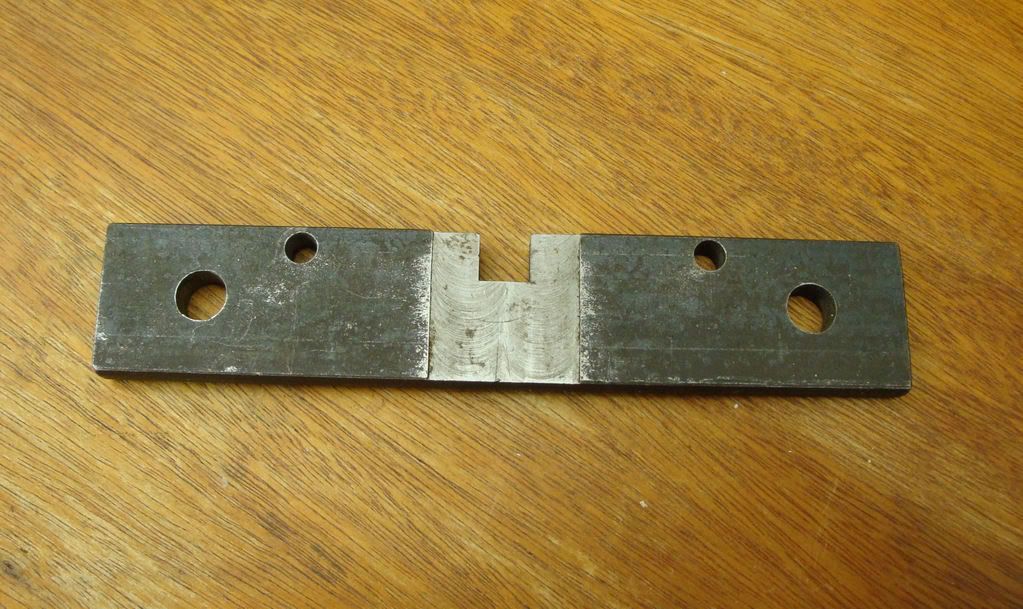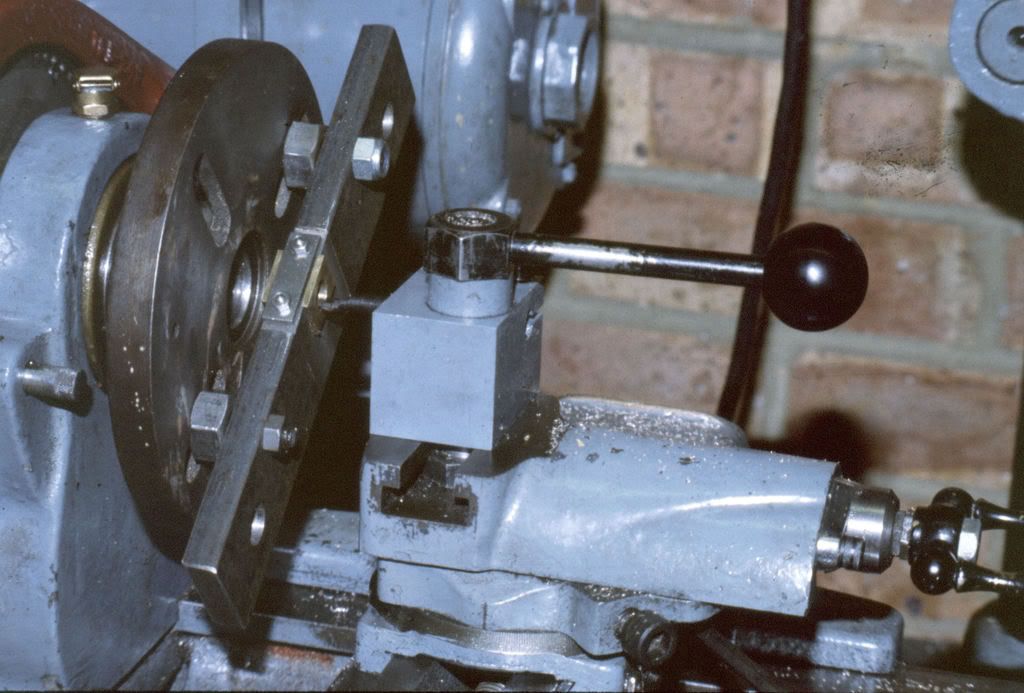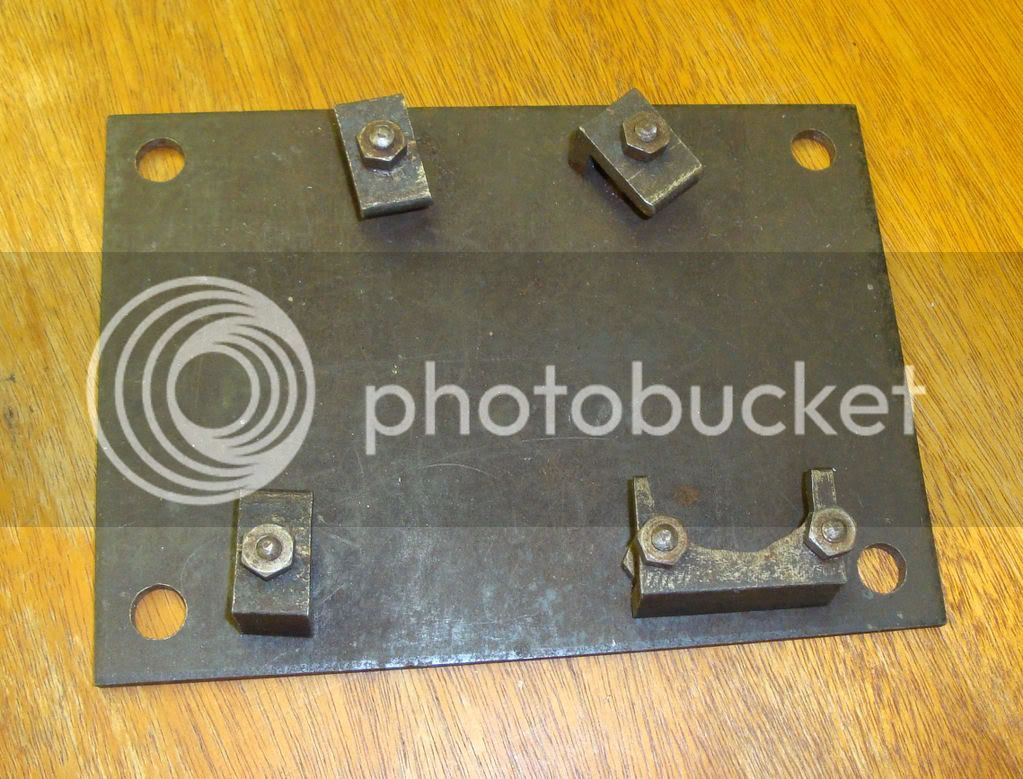S
sanddancer
Guest
Good afternoon all,
I have finally received my Stuart kit for the above engine, but not directly from Stuarts. Whilst awaiting delivery I did some research, & noted the comments about the built up crankshaft. I am unsure whether to be pleased or disappointed, but my kit has a one piece blank, & Stuarts tell me that it must be about 20 years old, although the kit is still shrink wrapped, and all parts are present. I did a Stuart compound crankshaft from a one piece blank about 25 years ago, but now that I am faced with this one I can see a very, very steep learning curve, as it is considerably longer than the last one. I have copies of all the articles about construction, written in Model Engineer in 1995, but they deal with the newer, built up version. Soooo, does anyone have any pearls of wisdom on this one. All comments & advice will be appreciated,
regards,
George
I have finally received my Stuart kit for the above engine, but not directly from Stuarts. Whilst awaiting delivery I did some research, & noted the comments about the built up crankshaft. I am unsure whether to be pleased or disappointed, but my kit has a one piece blank, & Stuarts tell me that it must be about 20 years old, although the kit is still shrink wrapped, and all parts are present. I did a Stuart compound crankshaft from a one piece blank about 25 years ago, but now that I am faced with this one I can see a very, very steep learning curve, as it is considerably longer than the last one. I have copies of all the articles about construction, written in Model Engineer in 1995, but they deal with the newer, built up version. Soooo, does anyone have any pearls of wisdom on this one. All comments & advice will be appreciated,
regards,
George







